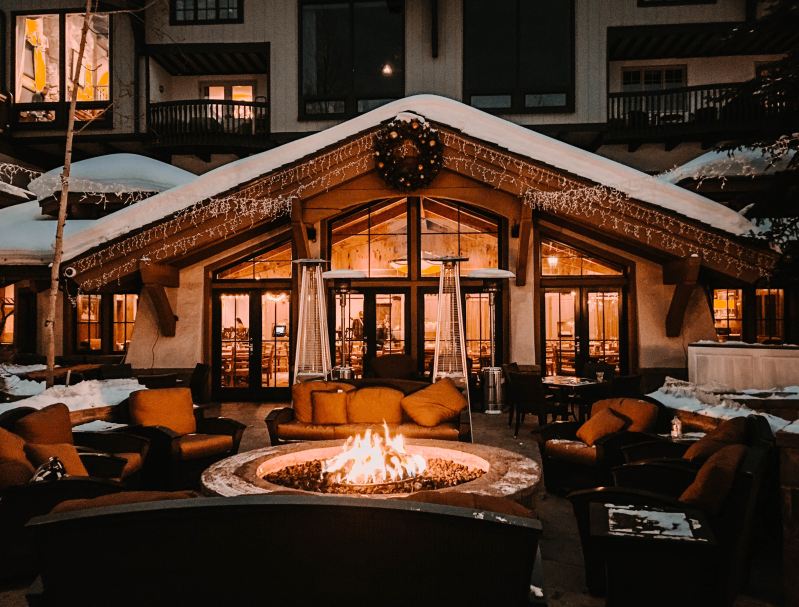
We all love the occasional après ski. The feeling of unclipping the boots, ripping off your helmet, and taking a deep exhale next to a roaring fire as you wait on a refreshing beer is unparalleled. It’s as much a time to relax and unwind as it is to catch up with buds that you may not have seen in a grip.
But what if I told you the Swedes have been brewing a tradition with similar vibes as après ski for the greater part of 100 years? Only, not for the slopes, but for the workplace. Keep reading to learn about the fika meaning.

Fika’s origin story
“Fika” (fee-kuh) is Swedish lingo for all things coffee. In fact, when you jumble around the actual Swedish word for coffee and kaffi, you get fika — and that’s no coincidence.
The terminology dates back to the mid-1700s. At the time, Sweden’s monarchy slapped a ban on the warm caffeinated beverage as King Gustav III deemed it was “misused and excessive.” Back-and-forths took place between the years 1751 and 1817, when coffee was banned and re-legitimated a total of five times.
Fast forward to today, coffee is now the dominant drink in Sweden. In fact, the Nordic country has the highest coffee consumption per capita of anywhere in the world! But the meaning of fika is deeper than coffee. Fika is a ritual.

A longstanding workplace tradition
There isn’t a day that goes by in Sweden’s workplace without a fika. Twice throughout the day — once at 10 a.m. and once at 3 p.m. — Sweden’s workforce slips into a quiet lull. It’s an excuse to take a step back, relax, and take a second to enjoy the minutiae of life — friends, family, being alive, the world around you.
The ritual is so intertwined with the Swedish culture that an employee’s right to fika is protected under Swedish law. Swedes express that the effects of this time to chillax trickle into their work, helping boost creativity, problem-solving, and overall workplace happiness.
The tradition started in the early 1900s when workplace managers noticed there was an uptick in work-related incidents, specifically around the hours of 10 a.m. and 3 p.m. In order to combat this, Sweden introduced the workplace fika to give workers a chance to catch their breath, recoup, and get their minds right before heading back to work.
This new workplace ideology drastically reduced workplace accidents and completely revolutionized Sweden’s workforce. And fika isn’t just reserved for the workplace. You can get one anytime, anywhere. It’s as much a workplace tradition as it is a spontaneity.

Can I après ski and fika?
It’s quite easy to have a fika when you’re out on the slopes. Sometimes it’s hard to pull yourself out of the moment when snowboarding and skiing powder days come a callin’, and it helps to take a break and let your brain catch up to your body, or vice versa.
Usually, resorts have lodges scattered on the mountain, not just at the base, so it’s easy to replicate fika’s preventative nature as well as its spontaneity.
So next time you find yourself lapping a run with some of your pals, when you hop back on the chair, lean over and ask them, “Wanna grab a fika?”
Editors' Recommendations
- These 3 brands of ski or snowboard wax are the only ones we recommend: Here’s why
- Snowboarding 101: Rocker vs. camber? What do snowboard base shapes mean?
- The ultimate ski gift guide for anyone who loves powder days
- Snowboarding gear gift guide: SMITH, Burton, 686, Dakine, and more
- Ski trail ratings, explained (and why most ratings are actually BS)





